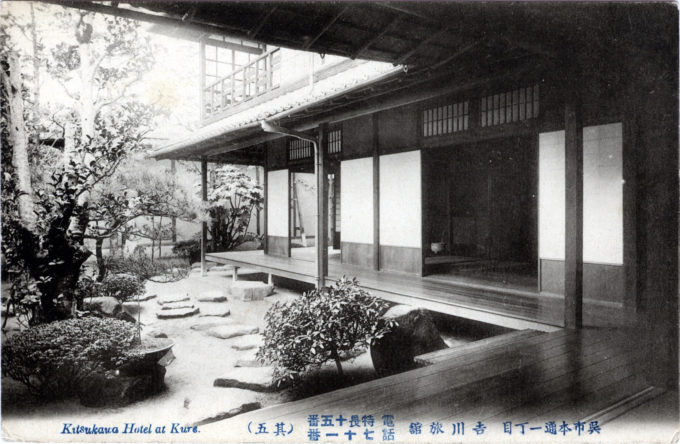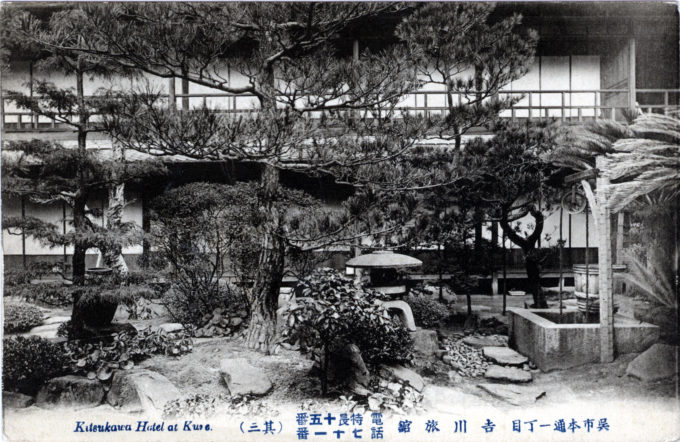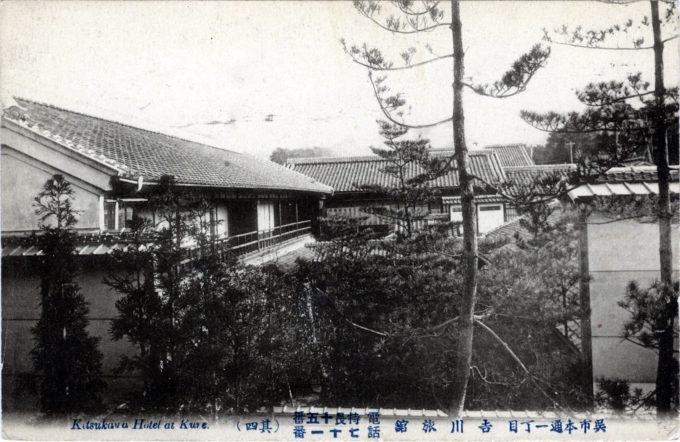“The origins of the Japanese ryokan can be traced back to the so-called ‘fuseya‘ of the Nara Period (710-784). Fuseya, which were free rest houses, are thought to have been the first facilities in Japan for travelers staying overnight.
“During the Kamakura Period (1192-1333), there emerged the ‘kichin-yado‘ (a cheap inn). This type of inn came to be called ‘kichin-yado‘ from the fact that no meals were provided, with the traveler being charged only the price of the wood used for fuel in cooking his own meal.
“In the Edo Period, moving freely from one place to another was not officially permitted, but pilgrimages and visits of worship of a religious nature were exceptions. Moreover, as regulations were not so rigid concerning short trips to hot springs for toji (hot spring cure) or sightseeing, a travel boom arose among the ordinary populace. At the popular tourist sites and toji-ba (therapeutic hot spring resorts), quite a number of the long-established inns later developed into ryokan and remain in operation throughout the country today.
“Then, with the Meiji Reformation, a trend toward Westernization swept Japan, and the diffusion of railways brought radical changes to the way people traveled. Instead of traveling mainly on foot, people started to take the train as a means of transportation, and many ryokan were established near railway stations.
“Furthermore, the purpose of travel broadened, such as traveling to a cooler place in the summer or to a warmer place in the winter, or even just for leisure, which led to the emergence of numerous ryokan in tourist spots and hot spring resorts all over Japan.”
– Origins and History of the Japanese Ryokan, Japan Ryokan and Hotel Association
- Garden view. Kitsukawa Hotel, Kure, c. 1910.
- Elevated garden view. Kitsukawa Hotel, Kure, c. 1910.
See also: Enjoy the Real Japan at a Ryokan [PDF]




